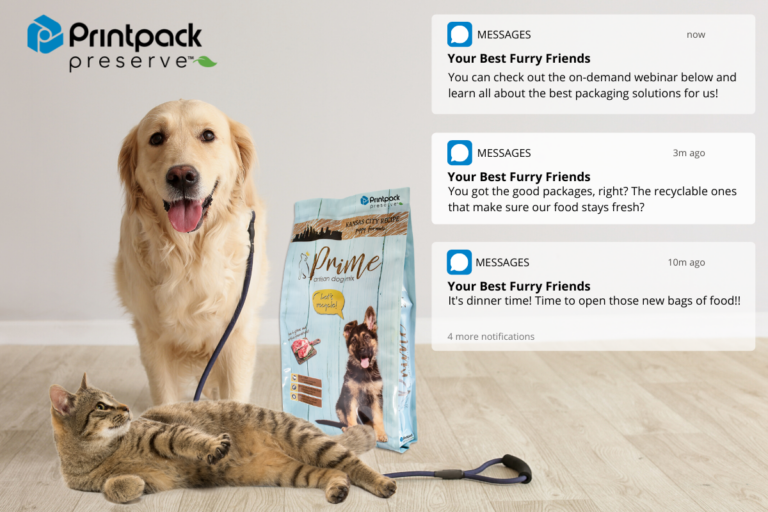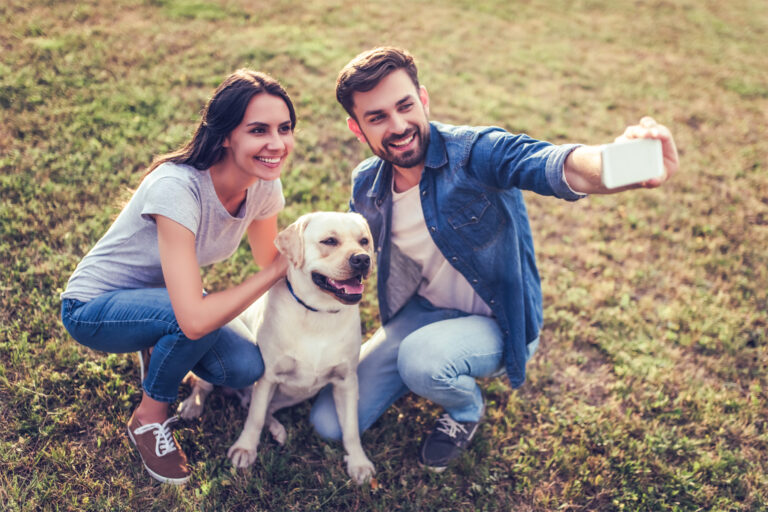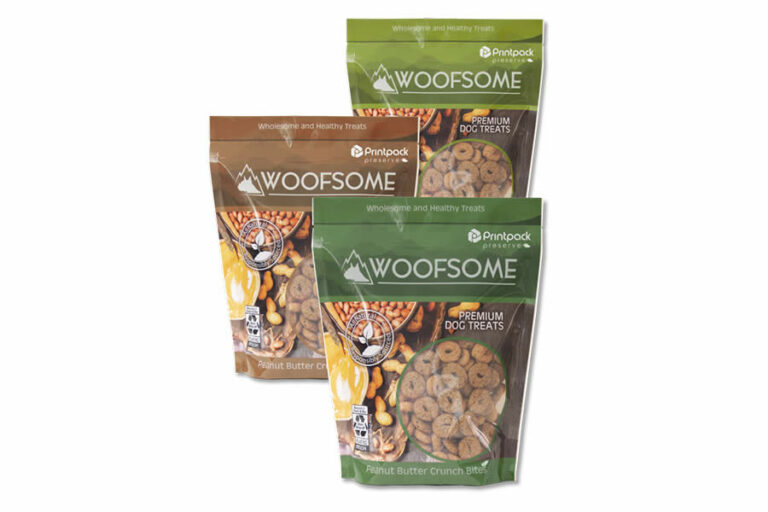sustainable pet food packaging
Did you know nearly 67% of the households in the US own a pet? Of those pets, 63 million are dogs, representing the largest segment of the pet population, and this number is expected to grow in the coming years given the rise in pet ownership.
From the pet food packaging perspective, there are several consumer trends that manufacturers and brands should consider when bringing products to market.
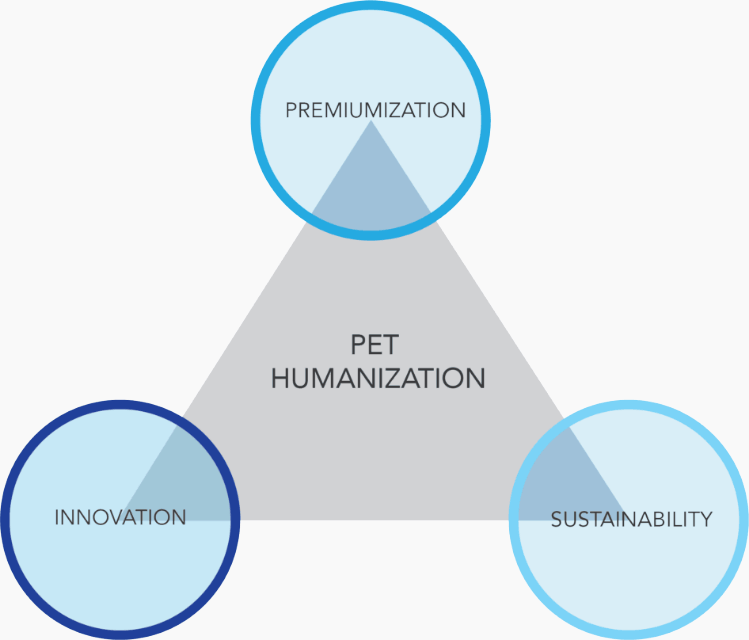
The megatrend is pet humanization. Brand owners ultimately need to establish an emotional connection with their consumers.
Consumers want the best products they can afford for their best friends – in other words, they are going to buy premium products.
Brands should consider innovation overall consumer experience — from exploring and buying to storing, using, and discarding the packaging.
Consumers will do the right thing for the environment — whatever they perceive that to be.
Manufacturers and Brands Should Consider the Following Opportunities
How to stand out from the competition? Package to win not only at the shelf but at home by enhancing the consumer’s experience through ease of use. It is not just food, it’s an opportunity to have fun, treat your pet, and strengthen your bond.
How to deliver the brand promise and exceed consumer expectations? Proven package design provides excellent product protection and guarantees safety and freshness.
How to keep costs under control? Consider not only package unit cost, but the cost of the entire supply chain. Premium packaging is not only for the consumer:
- Optimal performance during the production process increases overall efficiency and throughput
- Best-in-class packaging is supported by premium services to optimize your supply chain
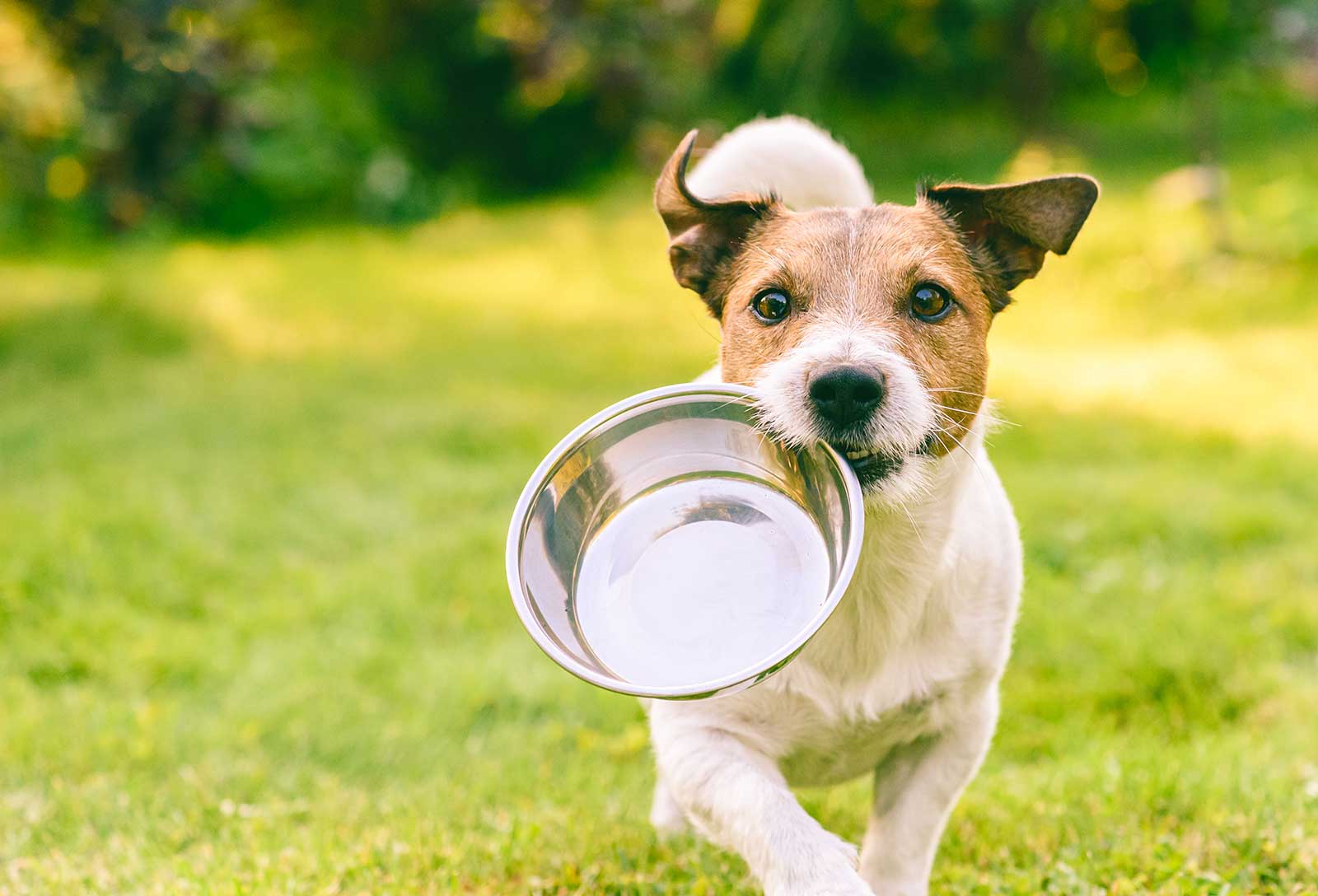
Manufacturers and Brands Should Consider the Following Opportunities
How to stand out from competition? Package to win not only at the shelf but at home by enhancing the consumer’s experience through ease of use. It is not just food, it’s an opportunity to have fun, treat your pet, and strengthen your bond.
How to deliver the brand promise and exceed consumer expectations? Proven package design provides excellent product protection and guarantees safety and freshness.
How to keep costs under control? Consideration of not only package unit cost, but the cost of the entire supply chain. Premium packaging is not only for the consumer:
- Optimal performance during the production process increases overall efficiency and throughput
- Best-in-class packaging is supported by premium services to optimize your supply chain
Pet food packaging opportunities for a growing market
Premiumization
Continued Teleworking
Treat Market Growth
eCommerce
Functional Health
Sustainability
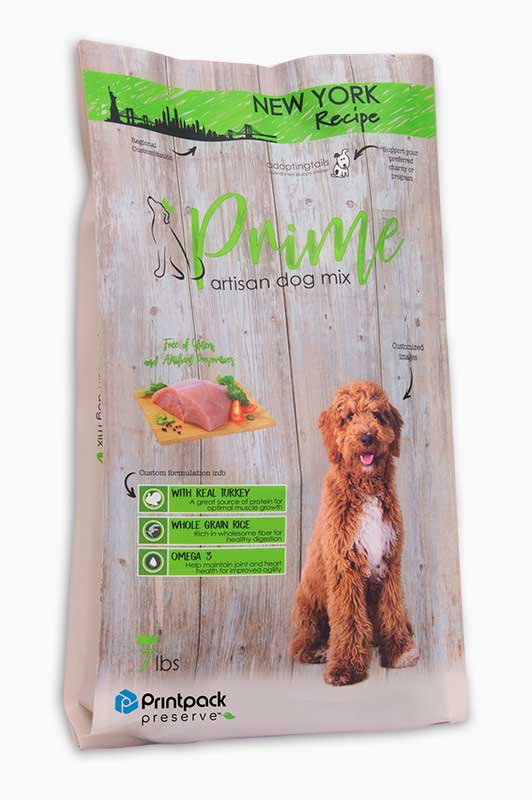
Premium packaging is more than just appearance.
It takes into consideration the overall consumer experience while providing excellent product protection to guarantee safety and freshness. Beyond the consumer, pet food packaging is designed for optimal performance during the production process, increasing overall efficiency and throughput.
As we design packaging for End-of-Life, or Next Life, we must be aware of the sustainability goals and requirements that are now being expected by the brands and the consumer.
Let’s take a deeper look at the innovation path to sustainability
Begin with the end in mind.
Clearly state the goal and carefully articulate the guardrails. Understanding what is desirable and what is off-limits is critical to making the best use of limited time and resources.
Reset your baseline performance.
Changes in material often have an impact on operations, timing and cost. Minimize time spent on technologies that will dead-end without getting you to your goal.
Iterate into the end state.
Consider opportunities to further optimize package size, structure and material sourcing specific to the application. Add in PCR or renewable content wherever possible.
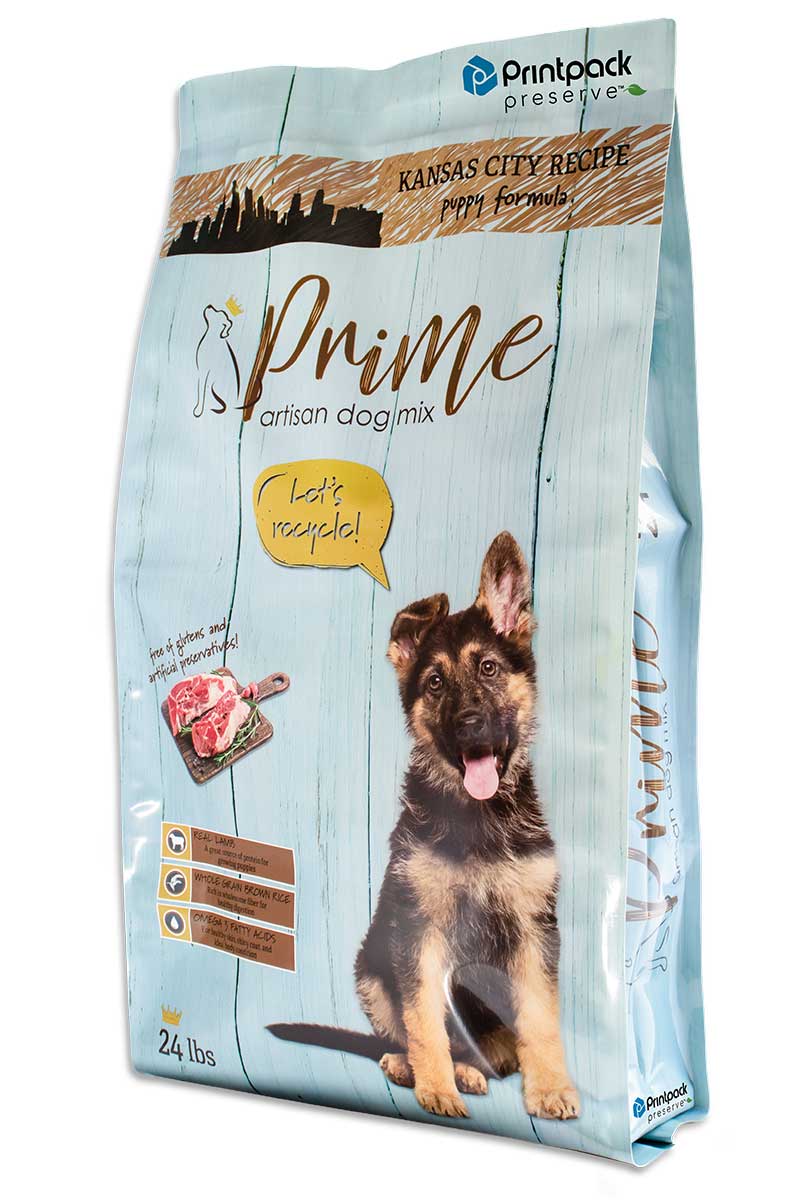
Why PE-Based Packaging?
Store Drop-off Recyclable
85%


Respondents who say they are or may be more likely to buy a product with the How2Recycle logo
91%


Americans who live within 10 miles of a store with a drop-off bin
Source: American Chemistry Council
78%


Respondents who think that How2Recycle is easy or somewhat easy to understand
Source: How2Recycle
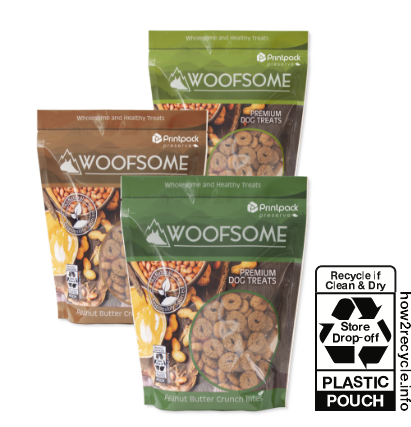
• Scale and Accessibility
• Purchase Driver
• Change Agent
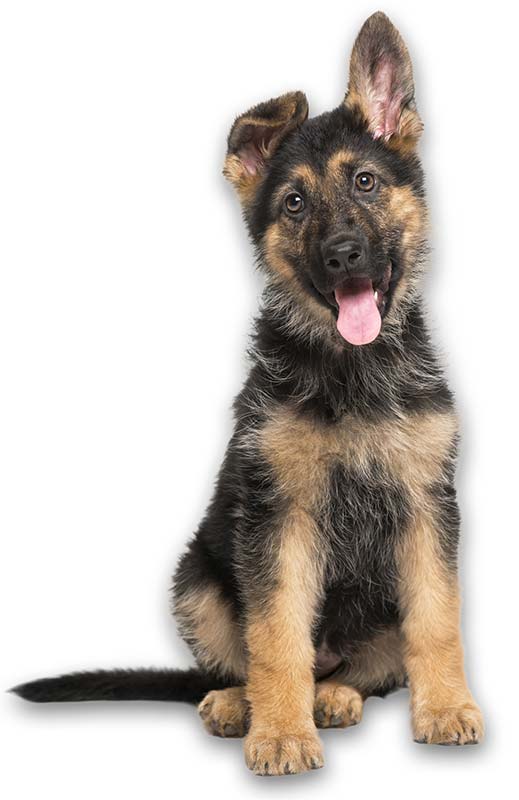
Why PCR?
Completes the circularity cycle
Does not compromise recyclability
Environmental benefits v. virgin
E.g. rHDPE
• 88% less energy usage
• 59% less water usage
• 71% less GHG emissions
Consumers generally understand the benefits
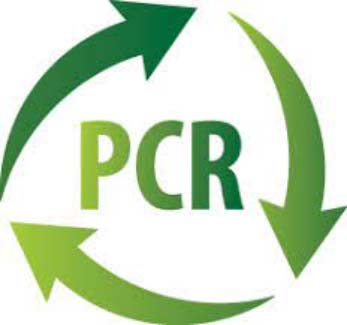
Why Renewable?
As an extension of the polyethylene based recyclable package, we can further impact the beginning of life of a package with the inclusion of bio-based PE or even materials like a thermoplastic starch. There is an opportunity to reduce dependency on fossil-fuel based virgin resins and to make a claim on package for a USDA Biobased Product.
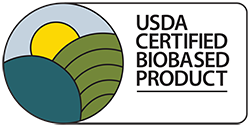
For more information, contact
Bill Barlow: bbarlow@printpack.com



